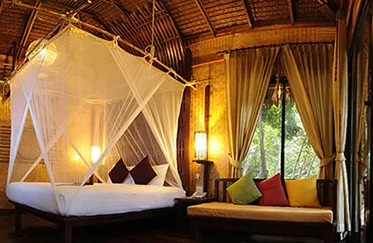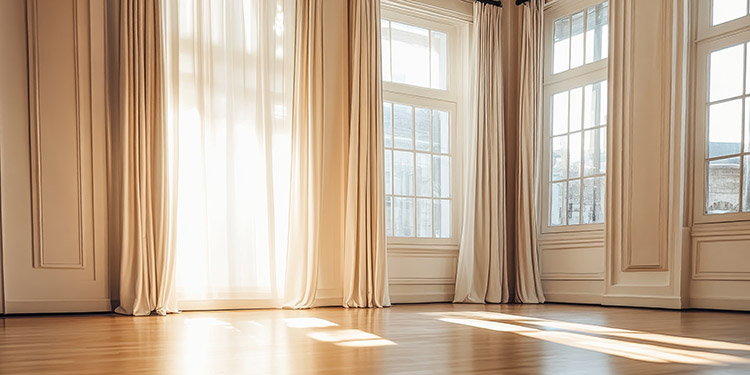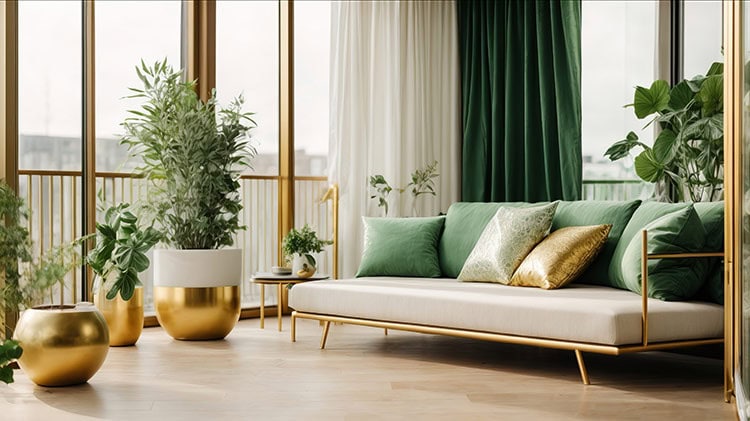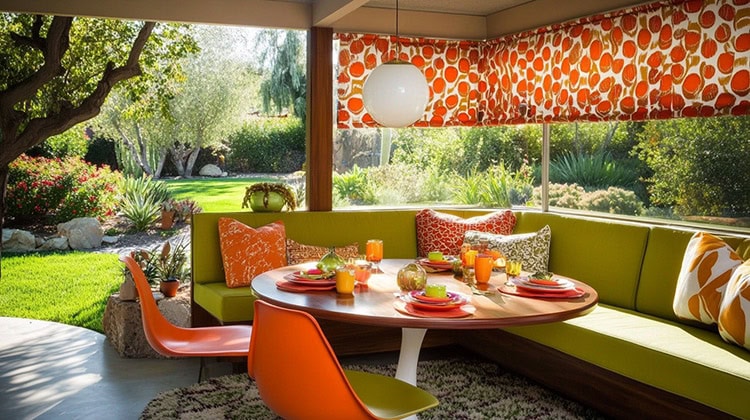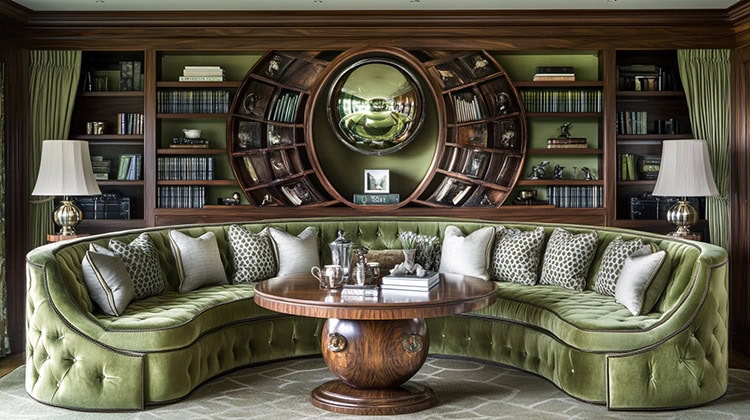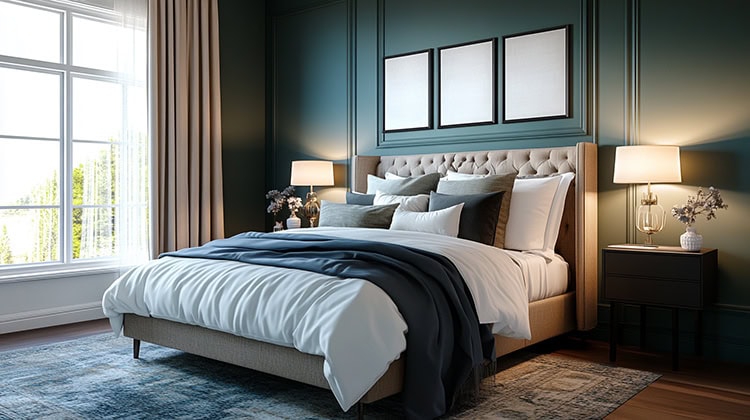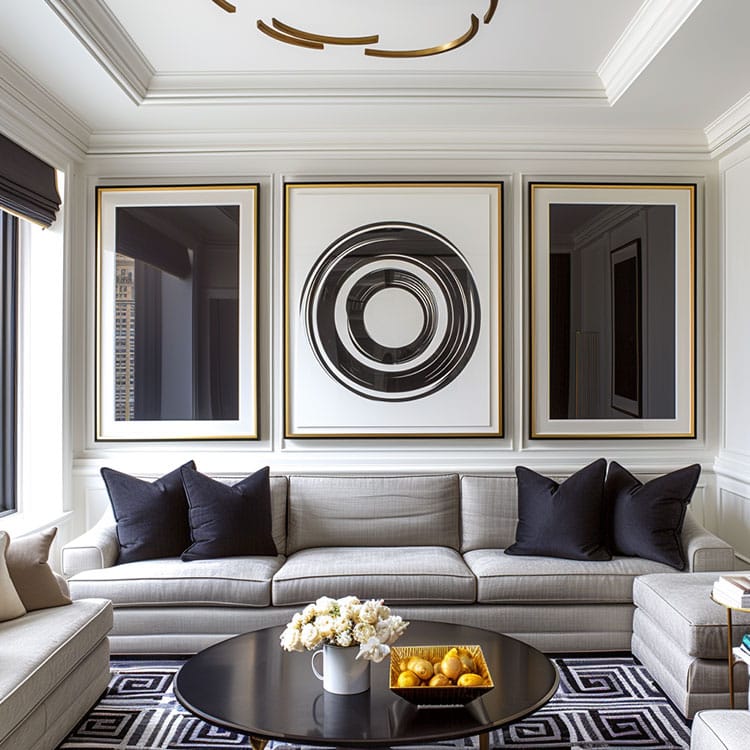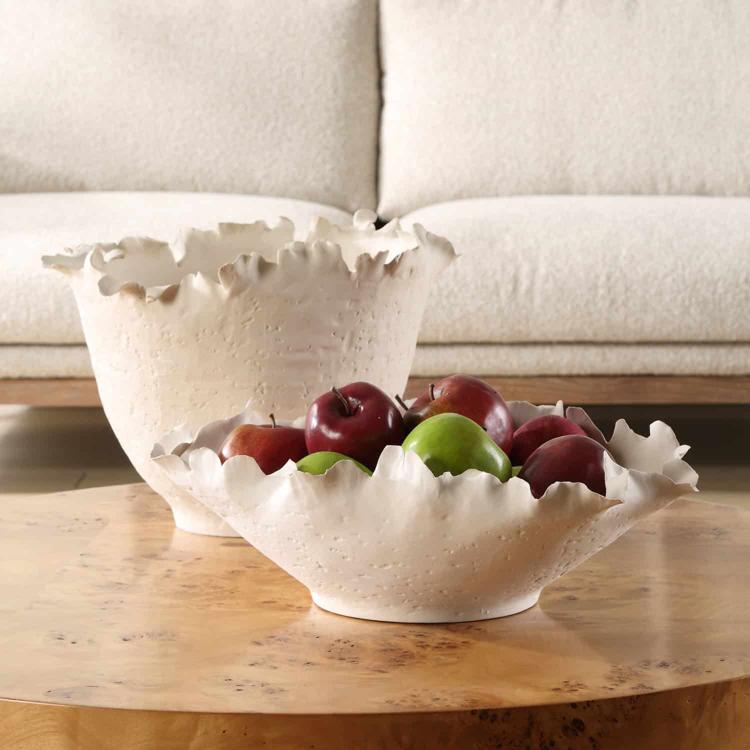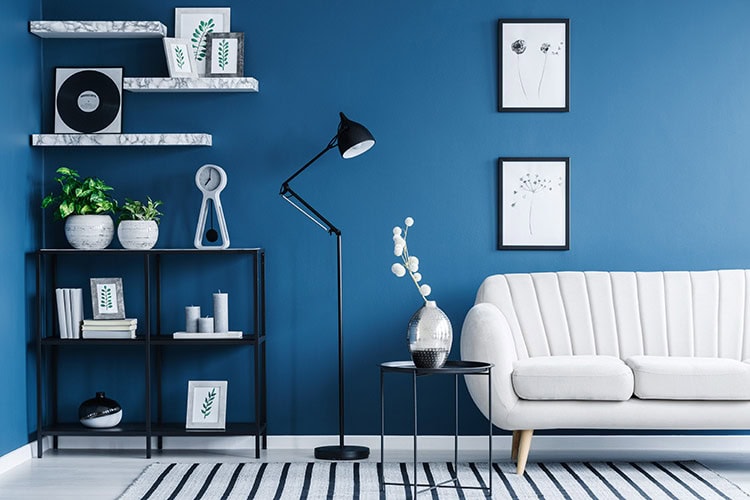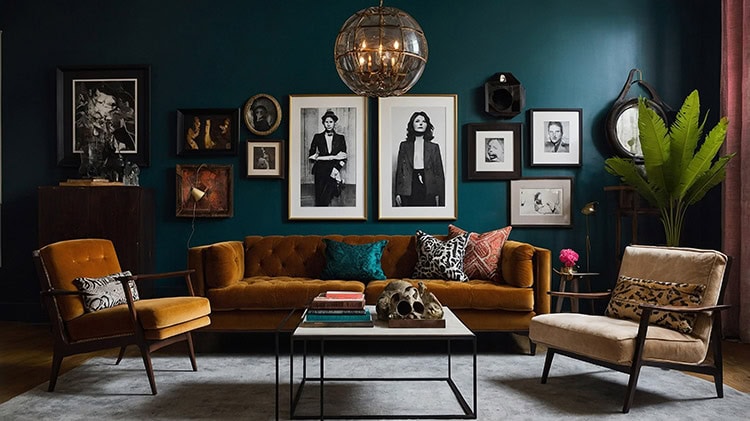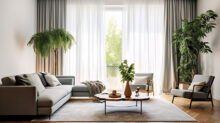Whether you’re salvaging an old piece or designing a new one, picking upholstery fabric will eventually come into play. For some, choosing upholstery fabric is fun. For others, not so much. Honestly, between the investment in the piece itself and the abundance of options at our fingertips, it’s no wonder many homeowners feel overwhelmed rather than overjoyed when they are faced with fabric.
Just thinking about things such as colors, texture, pattern, and thread count can make your head swim with thoughts on where to even begin–and the last thing you want is to make the wrong decision. Once you have an idea of what to look for, however, picking upholstery fabric can be something you can actually like doing.
So, let’s get started! First, we’ll take a quick look at fabric content, fabric type, and pattern type. Then, we’ll move onto some key tips that can help make your decision easier and the overall experience more pleasant.
Fabric Content
When I say fabric content, I’m talking about the fibers that make up the fabric, which can be broken down into two categories: natural and synthetic. While I won’t be covering all the fibers, I will be listing the most popular.
Natural fibers generally feature a flat weave that is softer than synthetics. They also tailor well for upholstered pieces. Because they are a natural product, however, they can be less resistant to fading and pilling.
Widely-known natural fibers include:
- Cotton
- Linen
- Wool
- Silk
- Rayon
Synthetic fibers are man-made, chemically-produced textiles. In general, they are more durable and more resistant to staining and fading.
Common synthetic fabrics include:
- Acrylic
- Polyester
- Nylon
- Olefin
- Polypropylene
Fabric Types
Simply put, the fabric type is the way the fibers were turned into fabric. There are several ways to do this, which include:
- Weaving–interlacing, usually at right angles, of two sets of threads to form cloth, rug or other types of woven textiles
- Knitting–multiple symmetric loops of yarn, called stitches, in a line or tube
- Braiding–method of interlacing three or more yarns or bias-cut cloth strips in such a way that they cross one another and are laid together in diagonal formation, forming a narrow strip of flat or tubular fabric
- Nonwoven–bonding or interlocking fibers or filaments by mechanical, thermal, chemical or solvent means
Pattern Types
There is a wide array of patterns available, but there are some that are more common than others. Some of these include:
- Florals
- Paisleys
- Stripes
- Geometrics
- Damasks
- Plaid
- Checks
- Gingham
Now that we’ve touched on some of the basics regarding fabric, let’s move onto talking about what you can do to make the narrowing down process easier.
Examine Your Space
Is your upholstered piece going in a large room or a small one? As a general rule, a larger space can visually accommodate more patterns and colors than a small one can. For instance, if you have a large room, don’t be afraid to go all out with bold colors and repeating patterns. Your room can handle it. A smaller room, however, might be more appealing with a simple print and a smaller range of color.
Assess the Piece
Is the piece you are upholstering small and narrow or big and long? A smaller piece, such as a chair, won’t really showcase a big pattern like a couch will. Instead, you might want to look for something along the lines of thin stripes or small flowers.
What is the style of your piece? Is it modern? Early American? Traditional? In most cases, the piece will look its best when covered in fabric that compliments its character. Will the colors and patterns blend nicely with the other items in the room? Are you picking the color because you truly like it or because it’s the latest trend? These are all things to consider before making a final choice.
Wear and Tear
Will your piece be in a high traffic area or used less often for formal affairs? Do you have kids? Are pets in the house? Is its location by a window? Taking things like this into consideration will really help you narrow down your choices.
Woven fabrics, rather than printed ones, and fabrics with higher thread counts will definitely be the most durable. If you have children, you might want to lean toward a darker color scheme in order to hide dirt more easily. If there is a dog or a cat sharing your space, leather and microfiber fabrics are more likely to withstand your furry friends. If your piece lives near a window, ask for fade resistant fabrics that will hold up against sun damage.
If kids and pets aren’t an issue, don’t be afraid to flaunt that freedom by choosing a luxe fabric. Something soft and lighter in color won’t be much of a problem if it won’t be faced with messy fingers or pet hair.
Another factor to consider is how much maintenance it will take to keep your fabric looking nice. Certain fabrics, like leather, age over time. Others, fade easily in the sun. Read labels to see how it can be cleaned and how proactive you’ll need to be to keep it from looking older than it really is.
Once you’ve narrowed down your decisions, be sure to examine the fabric before you buy. Giving the fabric a little tug and pull, both with and against the grain, is an easy way to determine the quality. If loose threads appear, the fabric is poorly made. That doesn’t mean that quality fabric comes at a higher price. You can get really good deals for your piece of furniture if you’re willing to do some homework. Before you stop in to buy your next designer fabric at only a fraction of the cost at Interior Fabrics, make sure you measure your piece of furniture correctly so that you know exactly how much fabric you will need!

